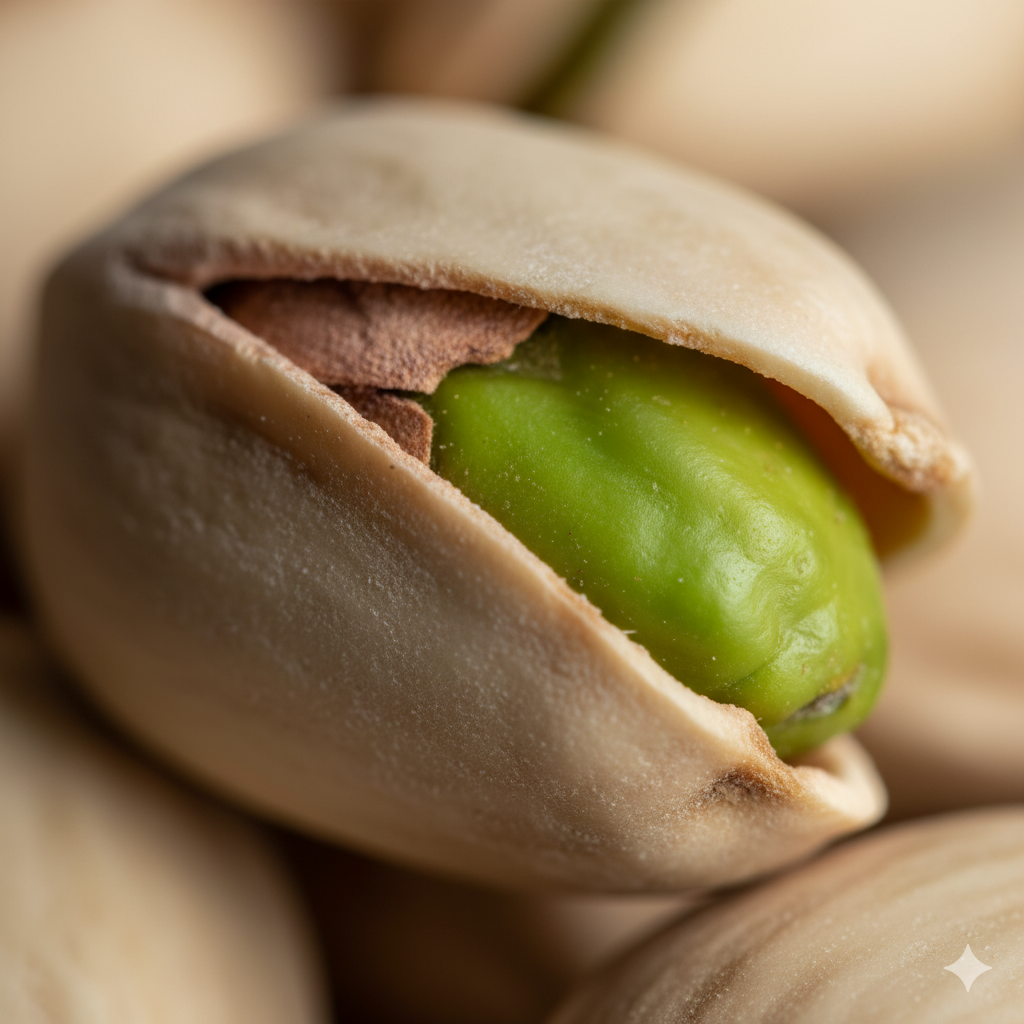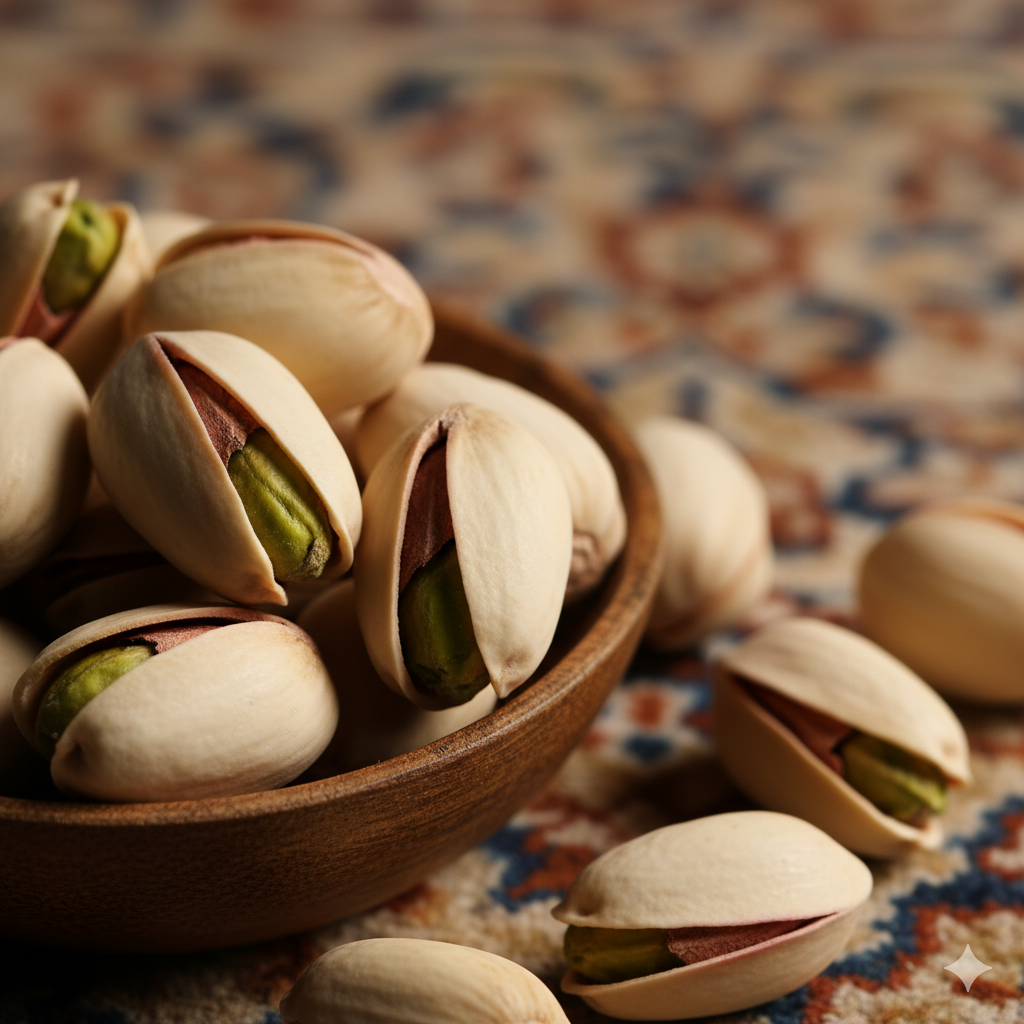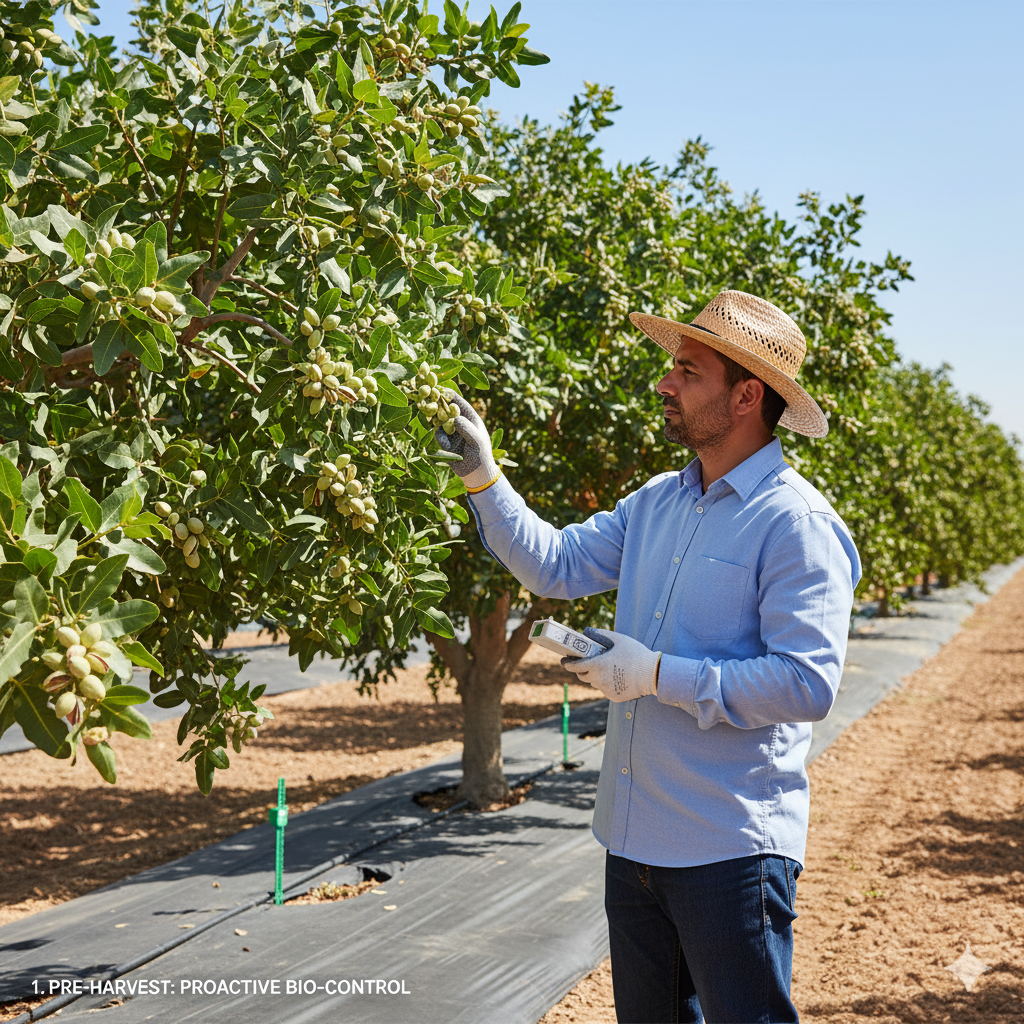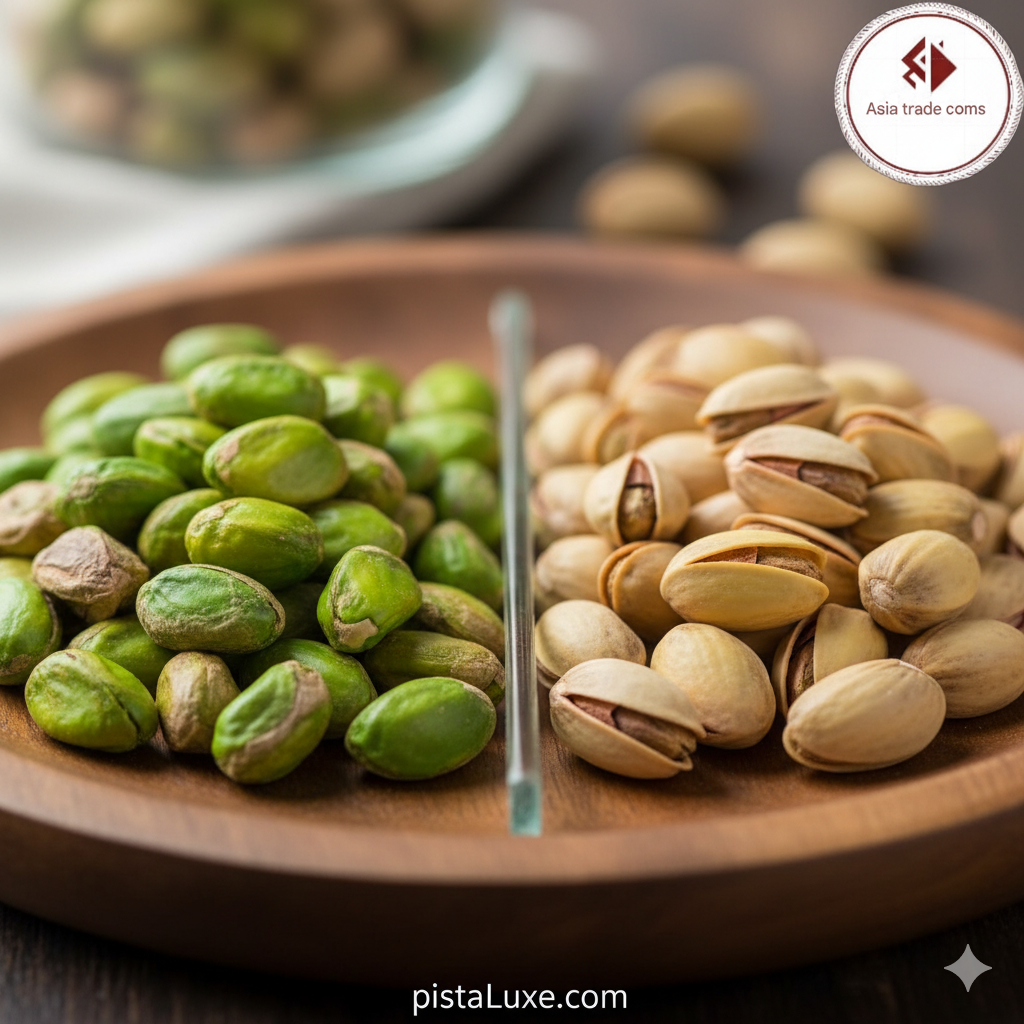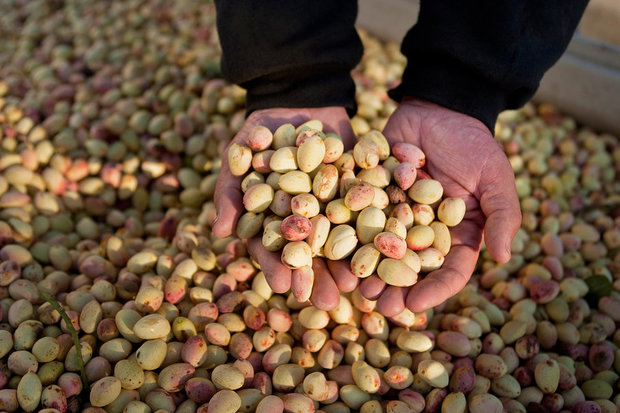
Introduction: From Bloom to Bounty
Having successfully navigated the foundational challenges of establishing and sustaining their orchard against the relentless pressures of arid land agriculture, the Ahmadi family now faces the annual, high-stakes culmination of their efforts: the harvest. This second chapter details the intricate, technologically informed stages of production, the economic hurdles of the Global Pistachio Market, and the commitment to crafting a Farm Success Story rooted in sustainability.
The pistachio’s growth cycle is a year-long commitment. Following successful pollination (often managed through careful timing of water and nutrient availability), the nuts swell throughout the summer months. The critical indicator for harvest readiness is the “split”—the natural dehiscence of the hull, which signals the shell is ready to open.
Chapter V: Modernizing the Meticulous Pistachio Harvest Process
The Pistachio Harvest Process is a race against time, moisture, and contamination. A delay of even a few days after peak split can lead to lower kernel quality, increased susceptibility to fungal infections (like aflatoxin), and discoloration.
The transition from manual shaking (using long poles—a back-breaking tradition observed by Reza) to mechanized harvesting defined Ali’s second major modernization effort. Today, they employ large, self-propelled trunk shakers. These machines clamp onto the trunk and vibrate at precise frequencies, efficiently dropping the nuts onto specialized plastic ground sheets, minimizing soil contact.
The immediate post-harvest phase is critical for quality control:
- Collection: Vacuum harvesters move swiftly across the sheets, sucking up the unshelled nuts.
- Initial Drying (Field Level): The nuts are immediately moved to covered drying yards. Even minimal moisture content (above 5%) invites mold. Using forced-air dryers, fueled by carefully managed biomass from pruned branches, the Ahmadis meticulously reduce the moisture content to the target equilibrium of approximately 4.5%.
- In-Shell Processing: The dried nuts are then sent for hulling (removing the fleshy outer layer) and initial sizing.
Layla introduced Modern Agricultural Technology in the sorting phase. Utilizing optical sorting machines, which employ high-speed cameras and air jets, they can differentiate nuts based on color, size, and the completeness of the shell opening (the characteristic ‘smile’). This dedication to optical precision allows them to divert lower-grade nuts for local processing while reserving the highest-grade, perfectly split nuts for premium export markets.
Chapter VI: Commitment to Sustainable Pistachio Farming
For the Ahmadi family, sustainability is not a marketing buzzword; it is a survival mechanism. Their investments in water efficiency were just the beginning of their commitment to Sustainable Pistachio Farming.
Nutrient Management: They utilize comprehensive soil and leaf tissue analysis performed bi-annually. This data drives a precise nutrient program, moving away from blanket applications of NPK fertilizers toward micro-dosing based on the specific physiological needs of the tree at various growth stages. For example, potassium is critical right before hull split, while boron levels must be optimized for successful pollination.
Pest Management Innovations: The most persistent threat is the pistachio psyllid. Historically managed with broad-spectrum pesticides, Layla transitioned the farm toward integrated pest management (IPM). This involves releasing beneficial predatory mites and wasps during the crucial spring growth period. While IPM requires more observation time, it significantly reduces chemical residues—a vital prerequisite for accessing stringent European Union markets.
This integrated approach results in significantly reduced environmental impact, which they document rigorously to demonstrate compliance with international ecological standards.

Chapter VII: Navigating the Global Pistachio Market and Export Challenges
The rewards of years of careful cultivation are realized in the Global Pistachio Market, a volatile arena characterized by intense international competition, particularly from the United States and Turkey.
The primary hurdle remains Iranian Export Challenges. Geopolitical factors often translate into complicated banking restrictions and increased logistics costs. The Ahmadis must maintain meticulous traceability records—from the moment the sapling was planted to the final weight loaded onto the container—to satisfy global buyers demanding provenance.
Their strategy revolves around diversification and premium positioning. They focus on maintaining a high percentage of “Jumbo” and “Super Kernel” grades, which command premium pricing, justifying the added cost of their sustainable production methods.
A major logistical achievement was securing certified organic status for a portion of their oldest acreage. This niche market offers a buffer against price wars in the conventional commodity space.
Conclusion: The Future of Pistachio Cultivation
The journey of the Ahmadi family, from Reza’s initial hopeful planting to Layla’s data-driven orchard management, embodies The Future of Pistachio cultivation in arid zones. It is a future built on a foundation of respect for the land, empowered by technology, and driven by global accountability.
Their achievement is not measured solely in tons harvested, but in the sustainability of their operation over three generations. They continue to invest heavily in research, collaborating with local universities on developing rootstocks resistant to emerging fungal strains and exploring solar energy solutions to power their irrigation pumps, further decoupling their operations from fluctuating fossil fuel costs.
The green gold of the pistachio continues to flow, a testament to a family that understood early on that in the desert, true prosperity is found not by conquering the environment, but by learning its language and adapting with unwavering resilience.
To order or get advice on pistachio and dried fruit varieties, contact our team via our official WhatsApp. Our support team is ready to answer your questions and can help you choose the right pistachio and dried fruit. WhatsApp number 009890214773705


